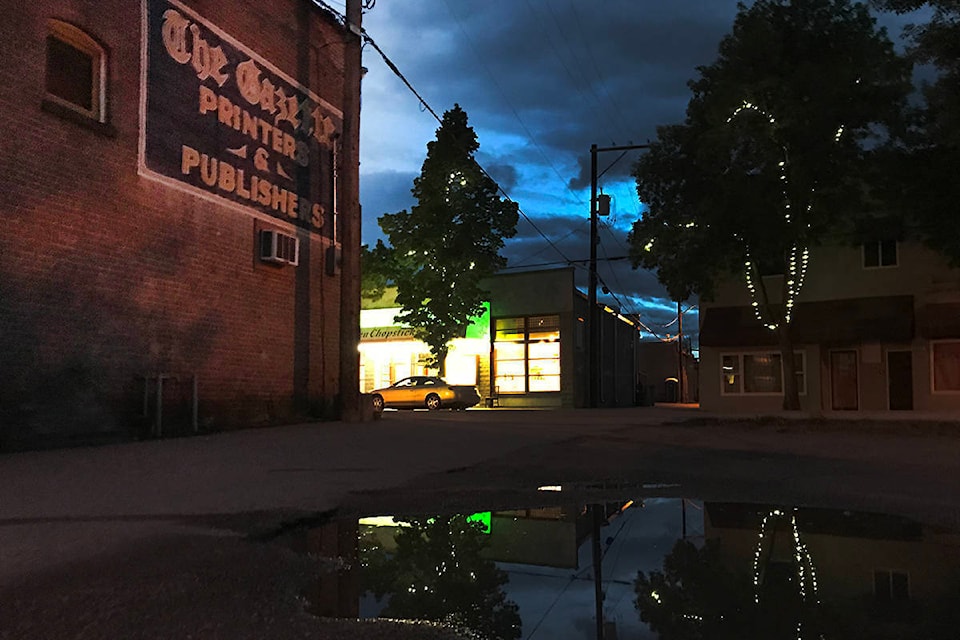Speaking for a friend (of course), I recall being terrified (for him) when an email came from his family’s internet provider one day claiming that a television production company had figured out that he’d illegally downloaded a popular network television show on his family’s computer. It never crossed his mind that it was illegal or immoral to download the file – it’s weird how property rights seem to dissipate when society moves online – but the consequences themselves certainly felt concrete.
What if he got slapped with a hefty fine? Surely his meagre paper boy cheque wouldn’t cover it. Oh, woe, he’d besmirched his family name!
Downloading, for him, didn’t feel bad until he saw the penalty that it could incur.
Downloading, it so happens, also seems to be the mot du jour and blame target for several issues in the Boundary – only that now we are incurring the penalties even though it may be others doing the act.
Follow me here, as we explore the meaning of that word.
Whether it’s floodplains, education or housing, downloading has impacts on those at the bottom of the stream.
In Grand Forks, floodplain studies are front and centre today for the city. Of course, that didn’t used to be the case. The province downloaded floodplain mapping to municipalities in the 1990s. Then, various levels of government carved up social programs and, like a game of Plinko, have watched them bounce from anchor to anchor, downwards towards the catchment basin on the ground: communities themselves.
At a November public forum on the new floodplain maps of Grand Forks, consultants from engineering company Urban Systems explained how cities had been put in charge of creating their own maps more than 20 years ago.
One attendee then appropriately asked: well, if you’re saying that we should actually be doing these updates every 10 to 15 years, do you really think the city can afford it?
Yes, the experts answered, pointing to the fact that what they’ve built is a dynamic and adaptable tool for future use as well. That’s great, obviously, to know that the money paid by the city didn’t just get sunk into colour printing a map on a piece of paper, to be hauled out whenever someone proposes building a house on low-lying ground. But what’s not so fantastic is that a likely reason for why it had taken Grand Forks so long to update its maps could be due in part to the process being so cost prohibitive. Unfortunately we’ve learned our lesson now and likely won’t make that mistake again.
But downloading also has knock-on effects, even though Grand Forks itself has managed to navigate the burden of floodplain mapping. See, our new maps only extend to City of Grand Forks boundaries. Water, as it happens, does not respect such constraints and has the awful tendency to travel. We can only hope now that the Regional District of Kootenay Boundary, Greenwood and Midway undertake their own mapping projects soon – there are some grants in the works to help with that – and that their results can mesh with those of Grand Forks. A new dike in Midway, after all, affects overall water flow and can have runoff consequences down the line.
Were the province to shoulder that burden – presumably those watershed maps would be more uniform and updated more universally than at the whims and affordability of municipal governments.
Sure, it is important to recognize that whoever does whichever task will likely be using the same people’s tax dollars to do it, but that is why we pay those sorts of things.
In place of uniformity though, let’s appreciate the community groups, supporters and other organizations that do their best to patch the cracks revealed through excessive “You do it”/”No, you” responsibility sharing. Thank you for organizing and thank you for helping.
